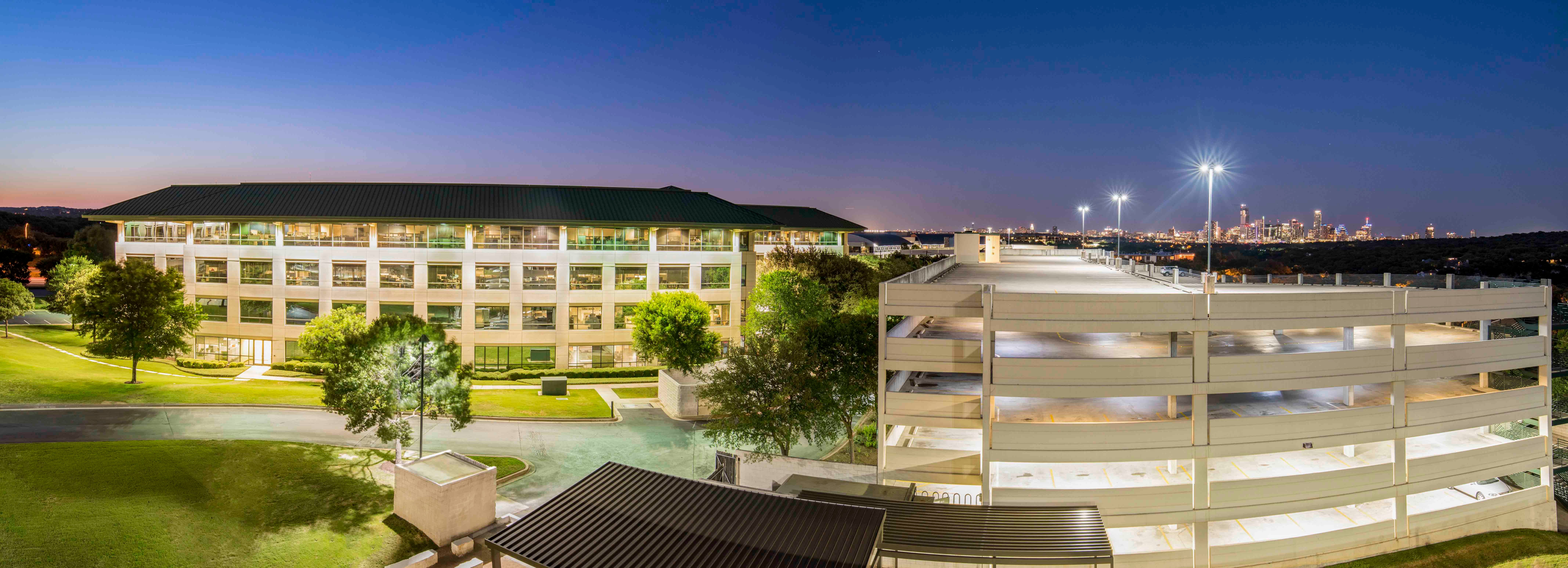AUSTIN—“I've always done it this way.” It's those six words that are the most dangerous in commercial real estate, according to NAI Global president Jay Olshonsky.
“We're in a canoe and we're headed for the rapids.” That's how Olshonsky describes the shifts taking place right now in the industry, and, he says, if we're not prepared to handle the coming challenges, not willing to anticipate what exactly is around the next bend, we're doomed to wipe out.
Olshonsky will be one the principal speakers at the upcoming CCIM THRIVE conference here, October 27 and 28, appropriately appearing in a session dubbed “The Future of Commercial Real Estate.” (CCIM is a GlobeSt.com Thought Leader.) He expanded on those dangerous words:
“If someone says 'I've always done it this way,'” Olshonsky said bluntly, “I think it's time to find someone else.”
In this era of mega-mergers, the NAI president pointed out that layoffs are a fact of life, and “If you're not making money, and you're in one of these merging firms, you're probably going to lose your job and you already know that.
“When it comes to the cold world of mergers and acquisitions, we're all numbers—including presidents of companies like me,” he said. “As much as I would like to say I'm not just a number and I matter, in a merger if someone else is better or cheaper at my job, I'm at risk.”
Better, cheaper or more engaged. Because lackluster performance in a market rife with buyouts is only one of the challenges roiling the waters. As companies snap up one another, the industry is also making a generational shift—both on the service side and the user side, further threatening professionals who cling to the status quo.
“There's a divide between over 40 and under 40,” he said. “There are a lot of people over 40 who completely get it and are embracing all of the things the under-40 Millennial crowd is doing with technology and social media, and they embrace the fact that Millennials want a seat at the table. These are the winners, the top 10% in the business, and their business is off the charts. They're using the hottest technology and the brightest 21-, 35- or 40-year-olds. But then there's a whole component of those over 40 who are dead but don't know it.”
Yes, he said, this is a business built on long-standing relationships, but those relationships will last only “if you have the tools and the skills and the technology.” Growth means a dismantling of that divide, and Olshonsky called for what he described as a blended team. “The perfect scenario involves a blended team of age, experience, relationships and technology. I can't walk into Microsoft and look like one old Geezer. But I can walk in and offer them my 35 years of experience plus all the new technology plus the younger men and women who mirror my client's own personnel. That's the perfect scenario.”
Ultimately, he said, it all comes down to leadership and creating an environment open to change and free of the perceived threat of the younger generation, basically creating an environment where everyone can grow. “There's a terrible hierarchy in real estate that dictates that a Millennial should make substantially less money in brokerage. But why, if that Millennial finds business? There's no risk to me in that.
“The ironic thing is that none of this is new,” he continued. “It's just that people have been really slow to react to it, and then they wonder why most of the business resides elsewhere.”
We opened with the six most dangerous words. Olshonsky closes with three words embraced by the above mentioned Top 10--those not stuck in how business was done 20 years ago--and words he hopes everyone will ask:
“What's coming next?”
© Touchpoint Markets, All Rights Reserved. Request academic re-use from www.copyright.com. All other uses, submit a request to [email protected]. For more inforrmation visit Asset & Logo Licensing.







